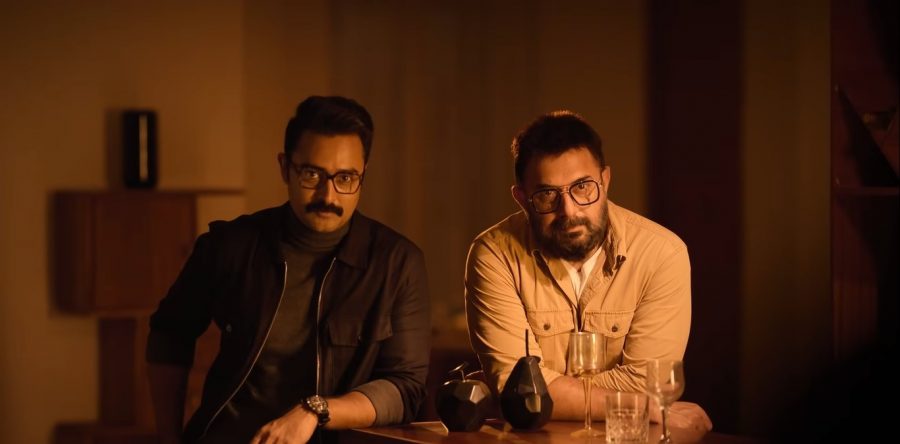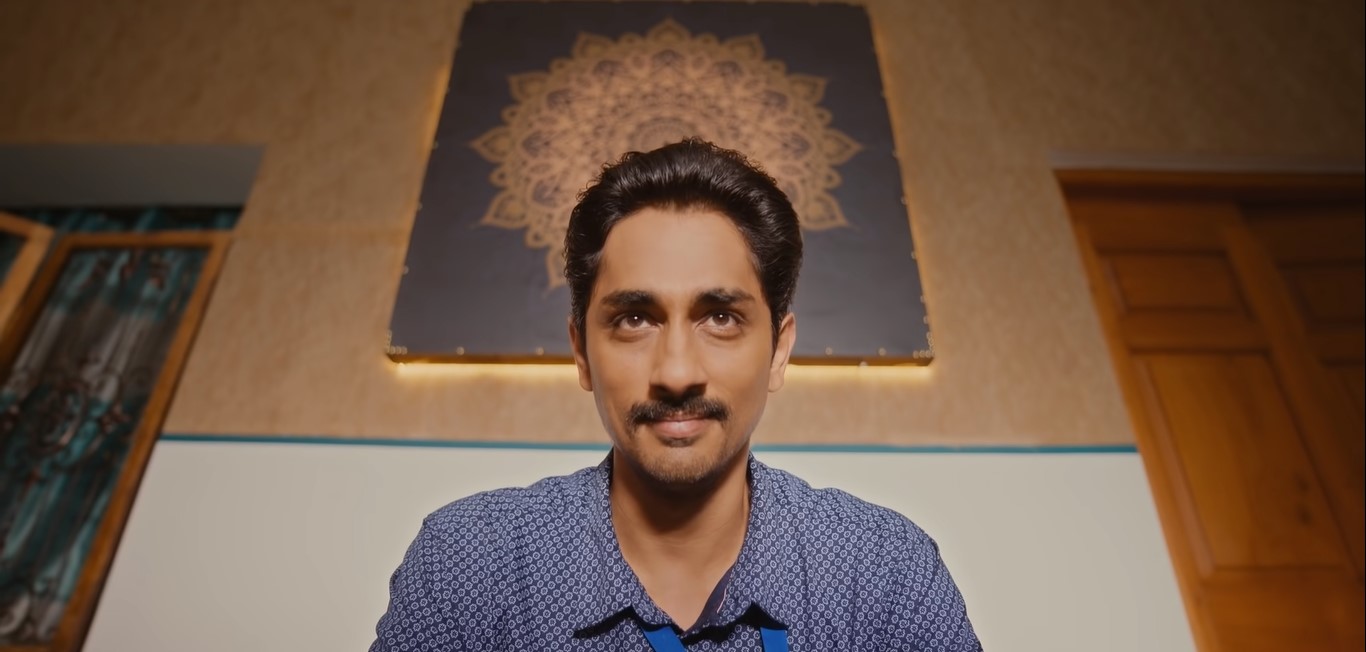‘Navarasa’ is an Indian anthology series created by Mani Ratnam which tells nine different stories, each channeling one particular human emotion. The Tamil-language series of short films boasts a stellar cast of Indian actors and an exciting line-up of Indian directors. With so much talent and cinematic fervor on offer, viewers must be excitedly looking for more details related to the experimental and ambitious project. If you wish to learn more about the inspiration behind the concept of ‘Navarasa,’ we’ve got you covered. Here’s everything we know in that regard!
Is Navarasa Based on a True Story?
No, ‘Navarasa’ is not based on a true story. The series is an exploration of the nine “rasas” or emotions that are considered crucial to an artist’s performance as per the Indian aesthetic theory. The literal translation of the word rasa means juice or flavor. Hence, the human emotions that dictate each of the nine rasas contribute towards the flavor of a performance. The rasa theory originates from ‘Natya Shastra,’ an ancient Sanskrit scripture about the performing arts.

As per the theory, the primary objective of the performing arts is to make an audience see a reflection of their own consciousness enabling them to ponder about the more profound aspects of life such as spirituality and morality. Thus, entertainment becomes a secondary objective. The concept of rasa is prevalent in many forms of Indian art, such as theatre, dance, music, literature, and painting.
The nine rasas are as follows: Shringaara (Romance), Adbhutha (Wonder), Bibhatsa (Disgust), Haasya (Laughter), Veera (Valour), Karuna (Compassion), Raudra (Anger), Bhayaanaka (Fear), and Shaantha (Peace). Each rasa has a dedicated color and a presiding deity from Hindu mythology.
Celebrated Indian filmmaker Satyajit Ray’s works such as ‘The Apu Trilogy’ is one of the most notable examples of the rasa theory in Indian cinema. It is possible that the makers of ‘Navarasa’ wished to encapsulate the significance the theory holds in Indian performing arts, especially cinema.
The project was conceived by Mani Ratnam and Jayendra Panchapakesan as a means to help out the daily wage workers of the film industry who faced financial woes during the Covid-19 pandemic. “Life is all about navarasa; more so during the pandemic when people go through all kinds of emotion,” Jayendra told The Hindu during an interview.
Bejoy Nambiar, who directed the short based on the Karuna rasa, has revealed that he initially wanted to tackle the Raudra rasa. However, Arvind Swami was given the opportunity to direct the short based on Raudra. Nambiar then chose to explore Karuna as it is directly opposite to Raudra and presented him with a challenge. “It is not something that would come easily to me, so I thought I could challenge myself and bring out something new,” Nambiar said in an interview with the Firstpost.
The individual stories in ‘Navarasa’ are fictional, but since they explore the rasa theory, one is bound to find a semblance of reality and a reflection of one’s own life in them. The series is a cinematic application of one of the most ancient and basic theories of the performing arts that is heavy on emotions. Therefore, viewers can openly embrace the rasas through the series and find a residue of them in other works of art or in life itself.
Read More: 10 Best Mani Ratnam Movies, Ranked


You must be logged in to post a comment.